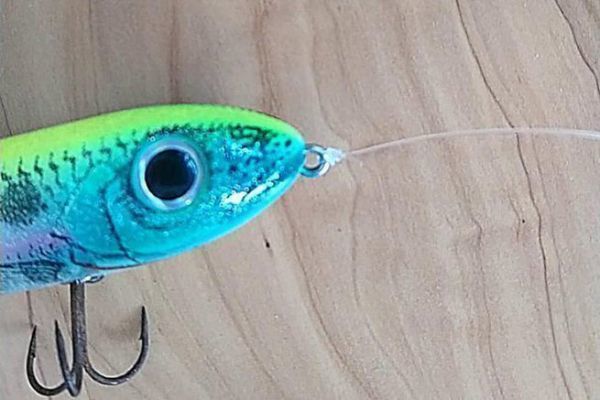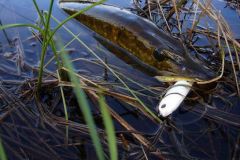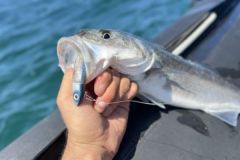The Palomar knot is one of the simplest knots to make, and an extremely strong one at that. Here's how to tie it in 5 steps.
For greater visibility, the knot is made from 50/100 fluorocarbon.
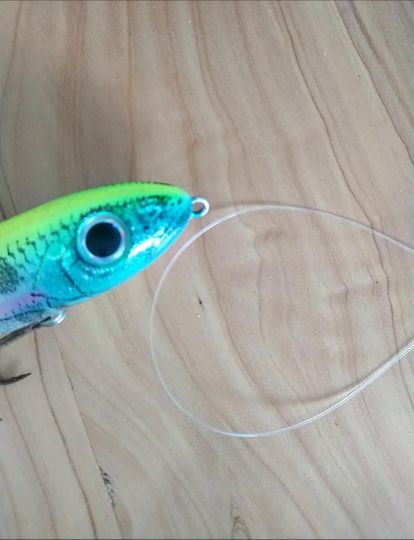
- Step 1: Form a loop with your fluorocarbon. This loop needs to be fairly large, about 10 centimetres long, as you'll need to be able to pass your lure through it. This length is indicative, as it depends on the size of your lure.
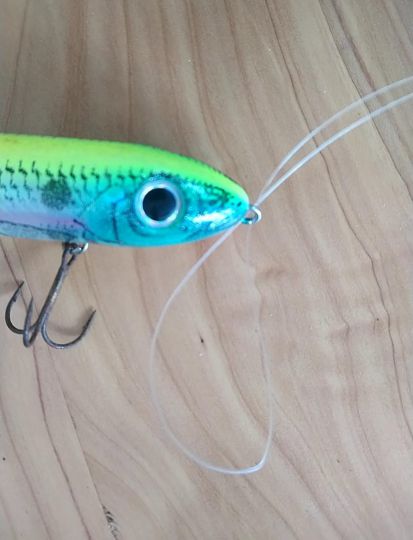
- Step 2: Pass the loop through the eye of your lure.
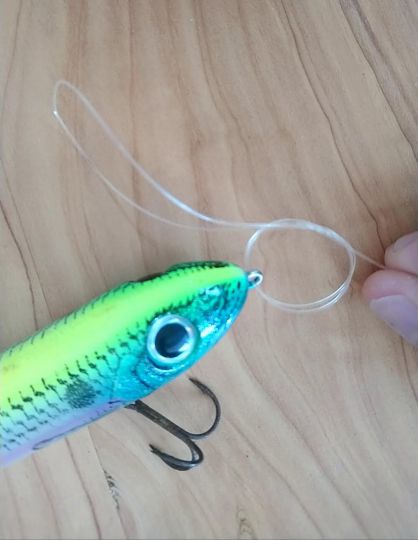
- Step 3: Make a knot with the loop around the eyelet. The size of the loop thus formed should be commensurate with the lure's dimensions.
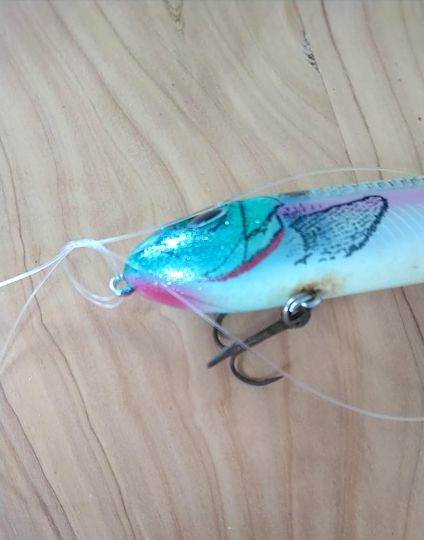
- Step 4: Pass your lure entirely through the resulting loop.
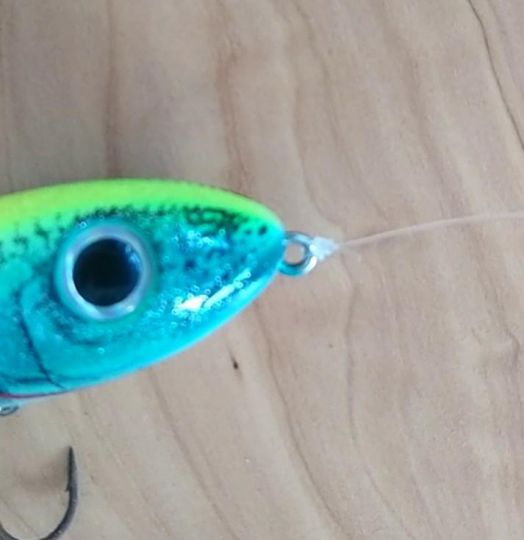
- Step 5: Moisten the knot and tighten it by pulling on both the main strand and the loose strand. Then trim off any excess.
Your node is now complete.
Palomar node advantages :
- Works with braid and fluorocarbon. One of the few knots that doesn't slip with braid
- Very solid
- Quick to execute
Disadvantages :
- Difficult to achieve with very large diameters (70-100/100)

 /
/ 